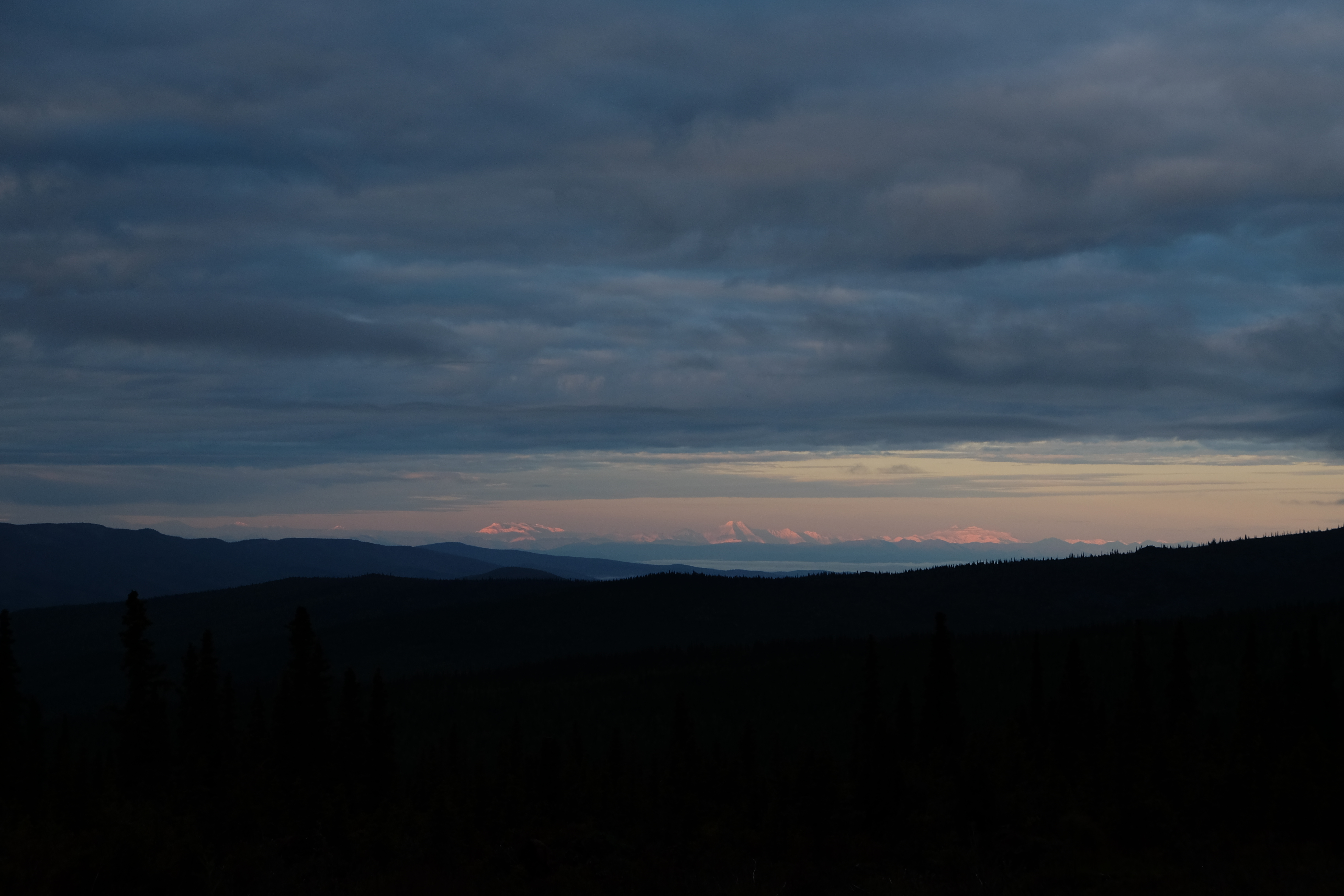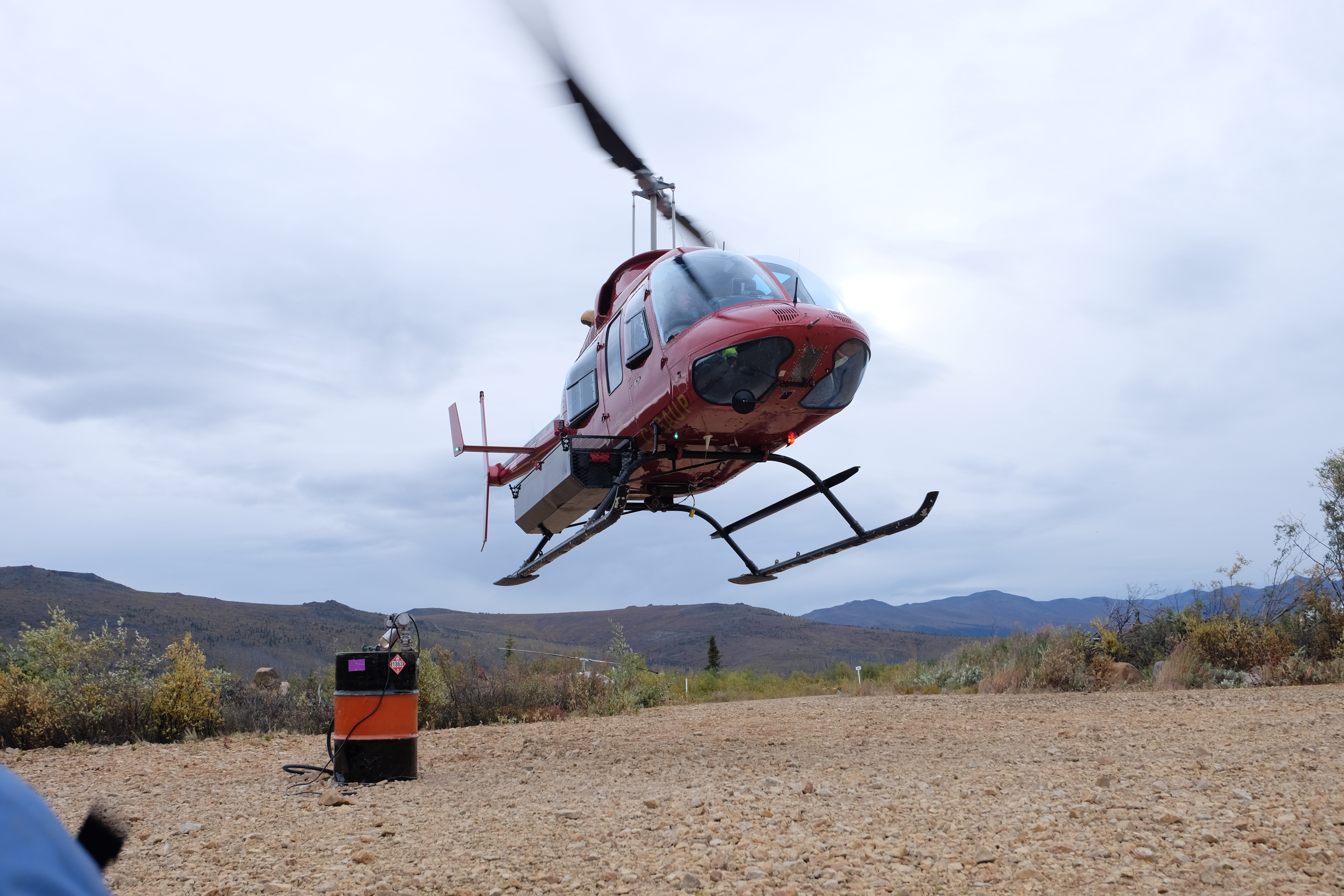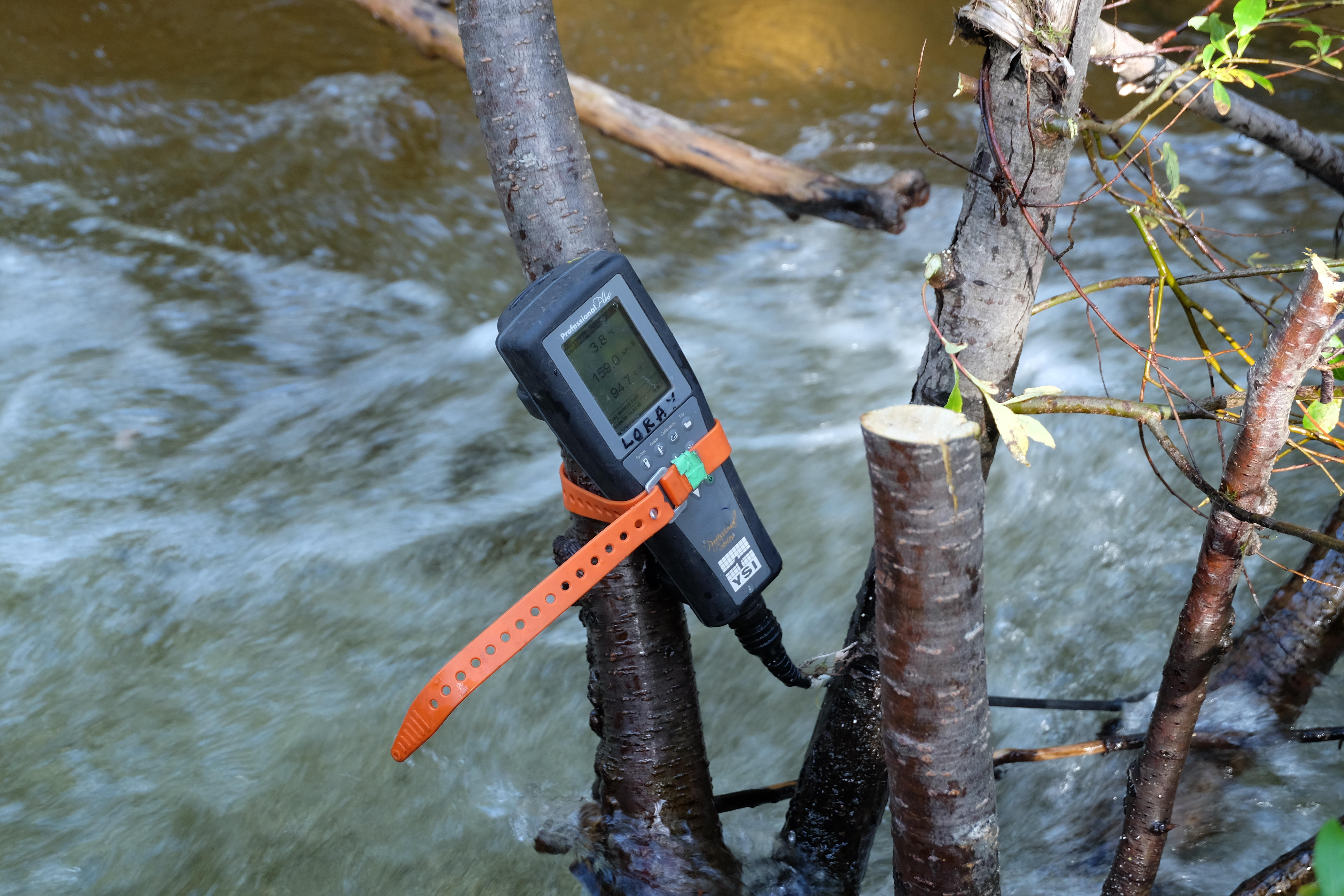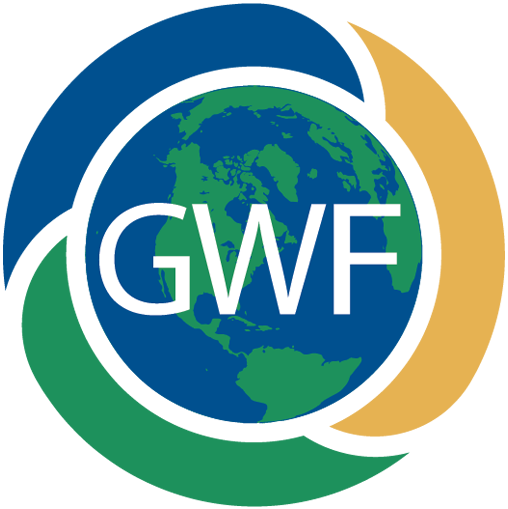Geogenic Contamination of Groundwater Resources in Subarctic Regions
Welcome
Will warmer temperatures in the subarctic affect groundwater quality?
Approximately one quarter of the northern hemisphere landmass contains permafrost; soil that is permanently frozen. This permafrost is thawing due to climate change, driving shifts in how water moves at Earth’s surface and in the subsurface, and its chemical composition.
As temperatures and liquid water availability increase in permafrost regions, so do rates of microbial activity and rock weathering, resulting in release of previously stored organic carbon and amplifying biogeochemical fluxes of various solutes.
In Yukon, Canada, where over 90 % of the population relies on groundwater for a drinking supply, there are several areas with naturally elevated concentrations of uranium and arsenic that threaten community water supplies and pose a risk in prospective mining. Our research will explore relationships between permafrost thaw and the groundwater chemistry, with a specific focus on assessing the vulnerability of groundwater to hazardous metals that present concerns for water security in northern regions.
This research will integrate groundwater vulnerability mapping, targeted field sampling, and controlled laboratory studies to improve understanding of the underlying drivers of metal release to groundwater in permafrost environments. This research will help communities, government, and industry understand and manage the growing water security risk posed by release of naturally derived metals as climate change continues to affect subarctic and arctic regions.








